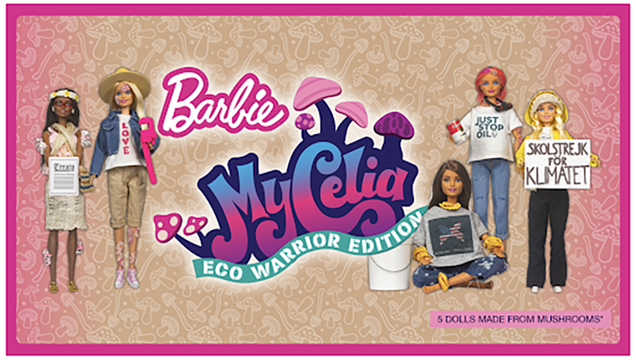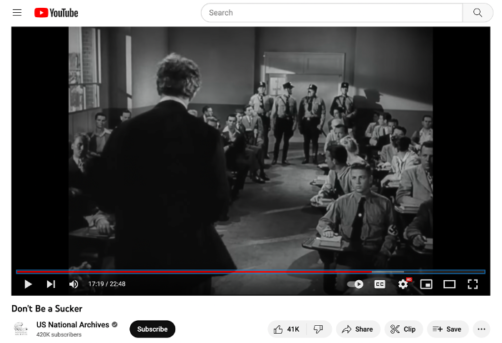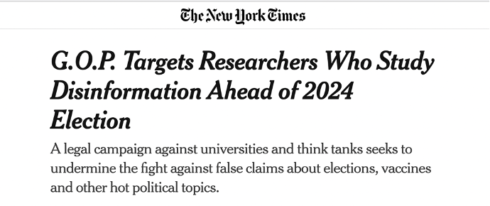Letter From The Director: September 2023
By: Michelle Amazeen
Welcome to the Fall 2023 Semester!
With the start of the academic year, I’d like to welcome you to the fall 2023 semester and share some information about the CRC.
First established at Boston University in 1959, the CRC serves to support its fellows as thought leaders who advance communication-related theory and methods in addressing society’s challenges. We are located in the lower level (basement) of Alden Hall at 704 Commonwealth Avenue. You can read about our facilities and technologies and bookmark our website at https://sites.bu.edu/crc/.

We are excited to welcome our new full-time Lab and Research Manager, Amanda King, effective September 18th. Amanda is a COM graduate, earning a Master's in Emerging Media Studies in 2021. We are joined by three graduate students who will be working in the Center this fall:
- Zain Bali (MCR), SONA Administrator
- Snigdha Bhowmik (FTV), Communications Assistant
- Xinyue “Tracy” Cui (FTV), Events Assistant
This fall, we have several events lined up:
Colloquium Series:
- Thursday, September 28th at 3:30 pm, Alexis Shore, EMS PhD Candidate: Platforms as Rulemakers for Interpersonal Communication: The Case of the Screenshot Feature
- Thursday, October 26th at 3:30 pm, Dr. Deborah Jaramillo (FTV)
- Thursday, November 30th at 3:30 pm, Dr. Joan Donovan (JO/EMS)
Dr. Melvin L. DeFleur Distinguished Lecture:
- Wednesday, November 15th at 3:30 pm, Dr. Kjerstin Thorson, Brandt Endowed Professor of Political Communication, Michigan State University
CRC Policies:
Fellows interested in reserving rooms for research purposes or reserving our technologies may do so using QReserve. To make reservations you will need to create your own QReserve account, associated with the CRC. Instructions for how to do so are included in the CRC Resource Guide. New and returning fellows are encouraged to review the CRC Resource Guide to (re)familiarize yourselves with our resources. Please also familiarize yourself with the policies and protocols of conducting research at the CRC, available here. Note: the Request for Research Study Details form (in step 2) is currently not available. To help us plan for use of the CRC this fall, in lieu of this form please email the following information to crccom@bu.edu.
- The name(s), titles and email addresses of you and any co-researchers
- A preliminary title for your research project
- If applicable, the faculty advisor associated with your project
- Approximate start date, end date, and deadline (if applicable) for your project
- Details regarding IRB approval/status (if applicable)
- Whether you will require an iMotions-enabled laptop for your project
- Whether you will require long-term storage for your research data
For researchers planning to use the SONA Research Participation Pool, the CRC will continue to offer its COM Research Review Board (RRB) as an alternative to IRB for review of survey-based studies that adhere to the COM Master Protocol. To fairly allocate the workload, all faculty fellows who utilize SONA are expected to serve on the RRB.
For the fall 2023 semester, we will be unable to accept the use of SONA for class projects of individual students. Should you be willing to oversee the administration of such an effort as chair of the COM SONA Review Board, please email me.
Finally, please join me in welcoming several new CRC fellows who are now part of the COM community:
- Dr. Joan Donovan, Assistant Professor of Journalism
- Dr. AnneMarie McClain, Assistant Professor of Media Science
- James Crissman, EMS PhD student
- Lilian Naa Korkoi Tackie, EMS PhD student
- Jiaxin Wang, EMS PhD student
I wish you all a successful start to the fall semester and look forward to seeing you in the CRC.




 Our fellows have also been using the CRC’s biometric technology which includes devices for measuring heart rate, sweat levels in the skin, and eye movements. Our Lab and Research Manager, Lindsy Goldberg, has been certified by iMotions on use of this technology and has hosted numerous classes and individual students for demonstrations of our iMotions equipment. She has offered workshops on biometrics in media effects research with specific modules on galvanic skin response, facial expression analysis, and eye tracking. A quick primer on demystifying biometrics is available
Our fellows have also been using the CRC’s biometric technology which includes devices for measuring heart rate, sweat levels in the skin, and eye movements. Our Lab and Research Manager, Lindsy Goldberg, has been certified by iMotions on use of this technology and has hosted numerous classes and individual students for demonstrations of our iMotions equipment. She has offered workshops on biometrics in media effects research with specific modules on galvanic skin response, facial expression analysis, and eye tracking. A quick primer on demystifying biometrics is available 





